For a company like Apple, the records probably won't surprise anyone. It's interesting to sometimes look back in time and find out what a "record" actually meant back then. In today's article, we will remember the record pre-orders of the then revolutionary iPhone 4 and a hundred thousand applications for the iPad.
Record model
When Apple released its iPhone 2010 in 4, it was a revolutionary model in many ways. It is therefore not surprising that the "four" has also earned unusual interest from users. Today we probably won't find out how much demand Apple actually expected, but the truth is that 600 pre-orders on the very first day surprised even the self-confident Cupertino giant. This is such a high volume of pre-orders that no model has managed to surpass it for many years. The operator AT&T, through which customers could get the iPhone 4, faced considerable problems in connection with the extreme interest, and its website saw up to ten times more traffic.
The iPhone has been a huge hit for Apple since its inception. Apple's smartphones have always enjoyed a certain amount of commercial success, but the road to true records has taken some time - the very first iPhone, for example, took a full 74 days to reach the million-selling milestone.
The essential four
For a significant number of users, the iPhone 4 was their first ever Apple product. By the time it came out, Apple smartphones had been on sale for several years, and quickly established themselves as the popular mobile device for everyday use across industries. However, it was only the iPhone 4 that really caused a real explosion in the field of user interest. At the same time, this model ensured even greater popularity for Apple, which was also contributed to by the sad fact that it was the last iPhone personally presented by the co-founder of the Cupertino company, Steve Jobs.
Among the innovations brought by the iPhone 4 was, for example, the FaceTime service, an improved 5-megapixel camera with LED flash, a better front camera, a new and more powerful A4 processor and an improved Retina display, which boasted four times the number of pixels compared to the displays of previous iPhones. Even today, there are a number of users who fondly remember the "angular" design and compact 3,5-inch display.
A hundred thousand after a year
In the same year as the iPhone 4, the iPad - a tablet produced by Apple - was released. Just like the iPhone 4, the iPad very soon gained quite a lot of popularity among users and became a huge benefit for Apple financially as well. The success of the apple tablet is also evidenced by the fact that a year after its release, 100 exclusive applications designed for the iPad were already available on the App Store.
Apple's management was very aware of the importance of its App Store, from which users could download applications for their Apple devices. While after the launch of the first iPhone, Steve Jobs protested with all his might against allowing the download of third-party applications, over time they also gained the ability to program for iOS devices. The launch of the iPhone SDK took place in March 2008, a few months later Apple began to receive the first requests to place third-party applications in the App Store.
It could be interest you
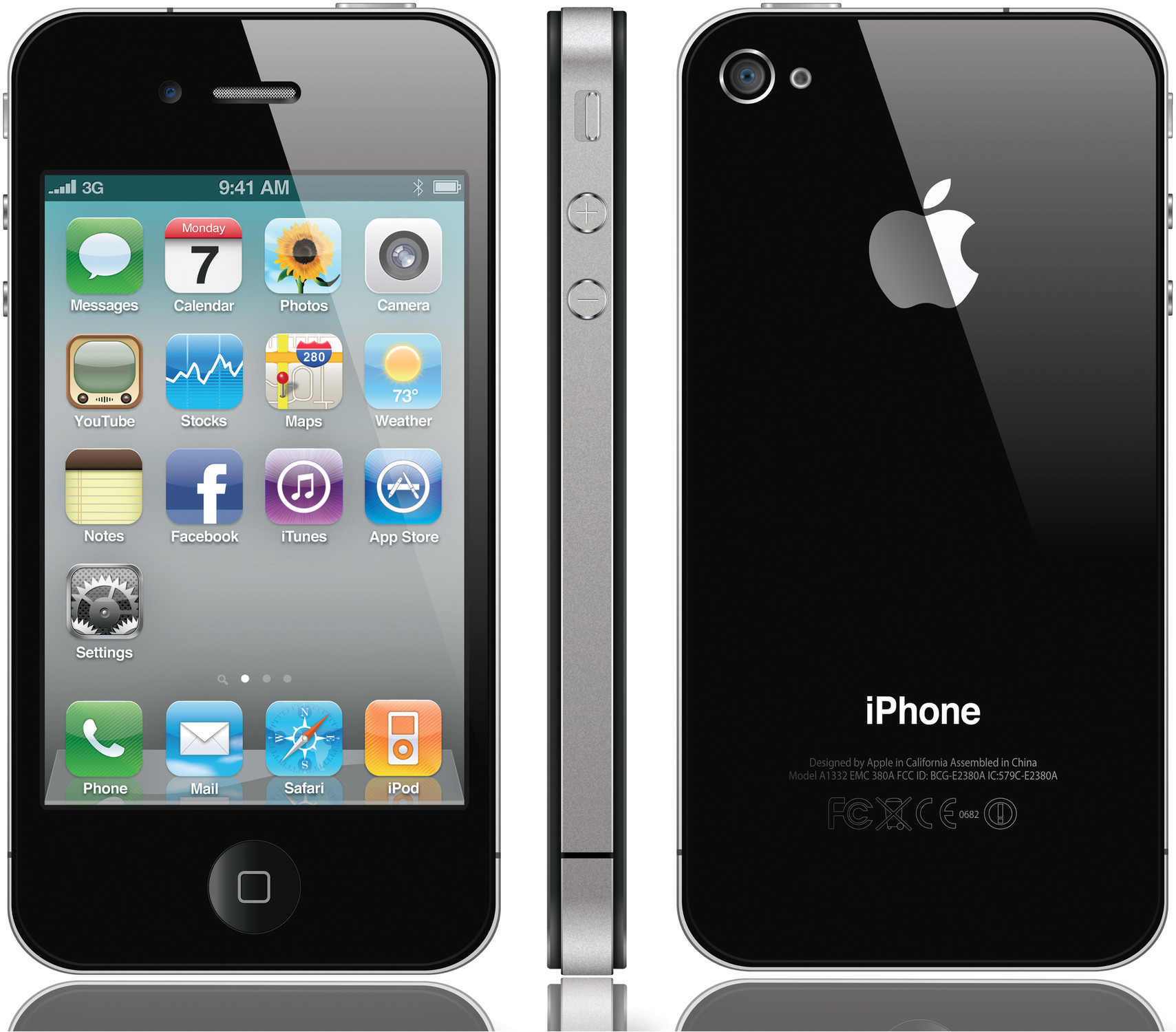
The arrival of the iPad marked an important milestone for developers who escaped the initial "gold rush" associated with the iPhone. The desire of many creators to make money on the Apple tablet led to the fact that in March 2011 users could choose from 75 thousand applications, while in June of the same year their number was already in six figures. These were indeed applications designed exclusively for the iPad, although almost any application from the iOS App Store can be run on it.
Do you use your iPad for fun or work, or do you think it's a useless, overrated device? Which apps do you think are the best?
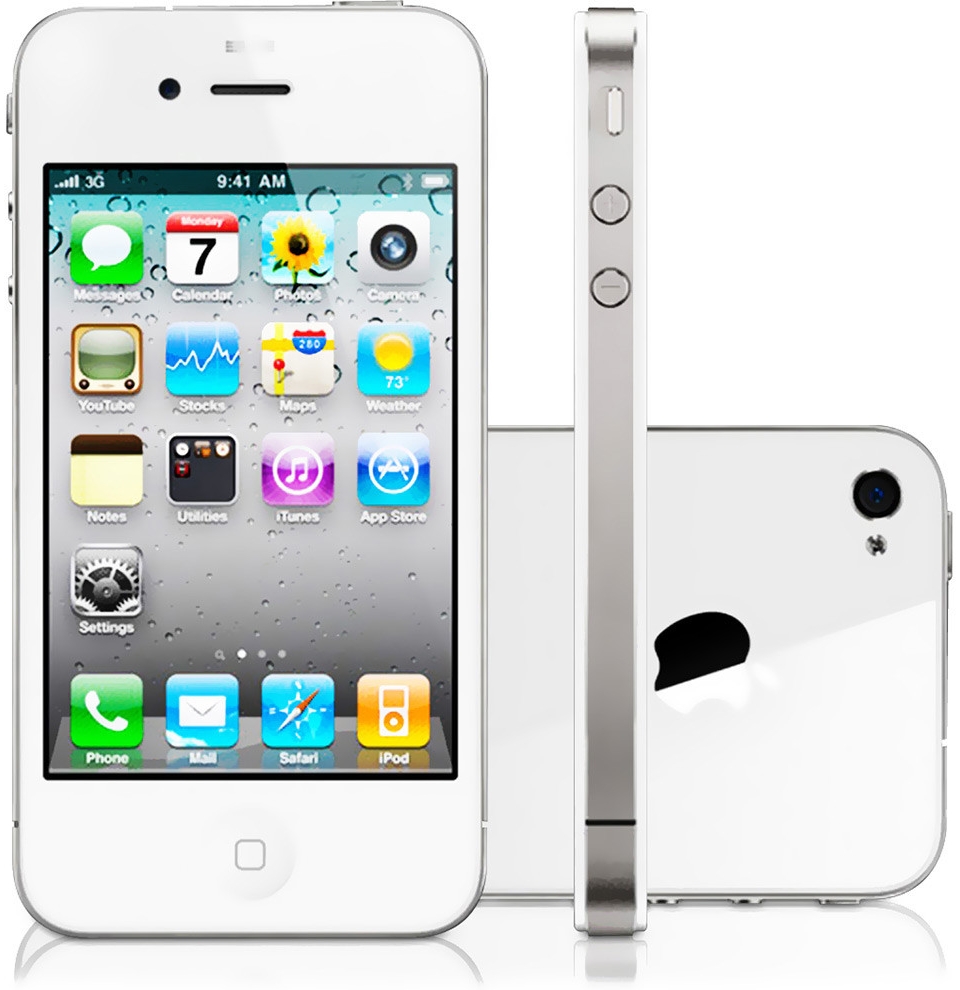


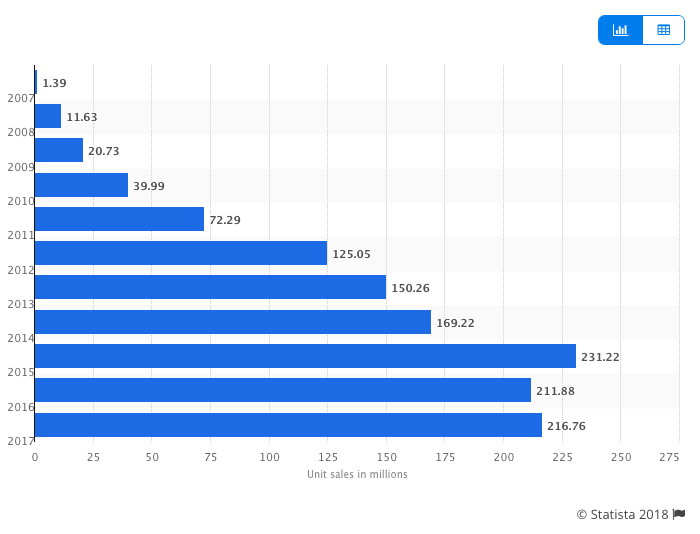
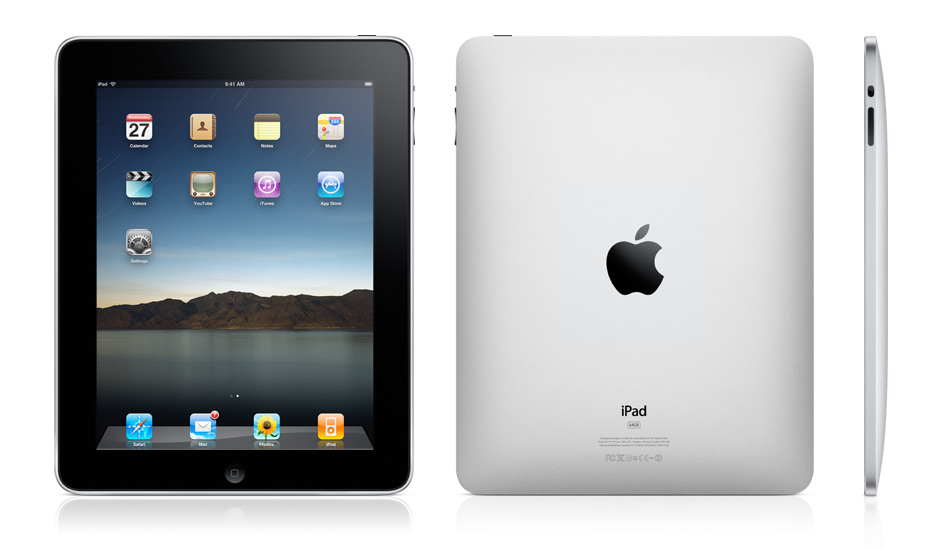
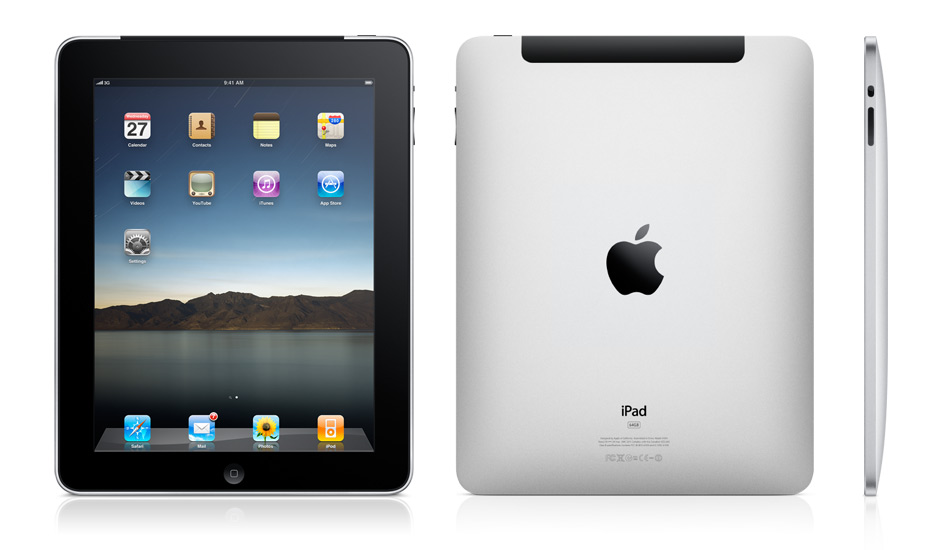
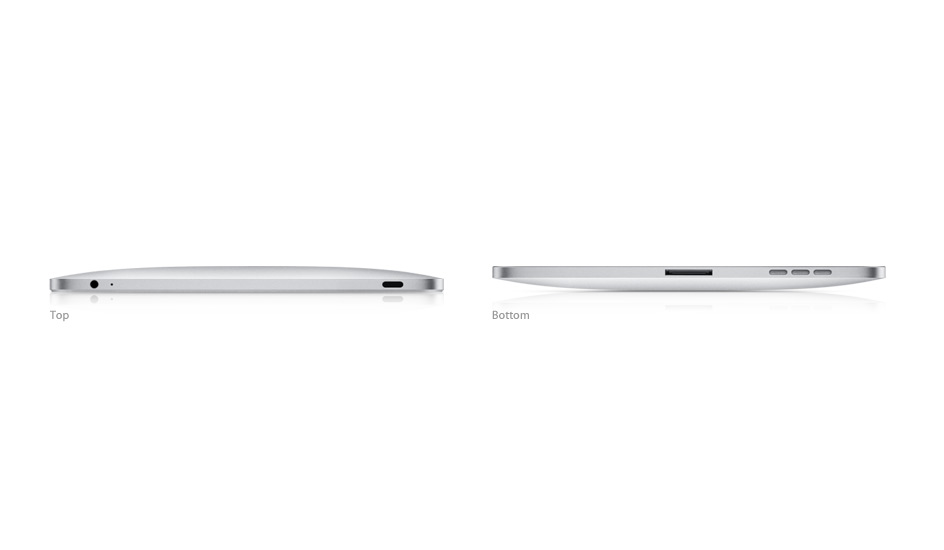
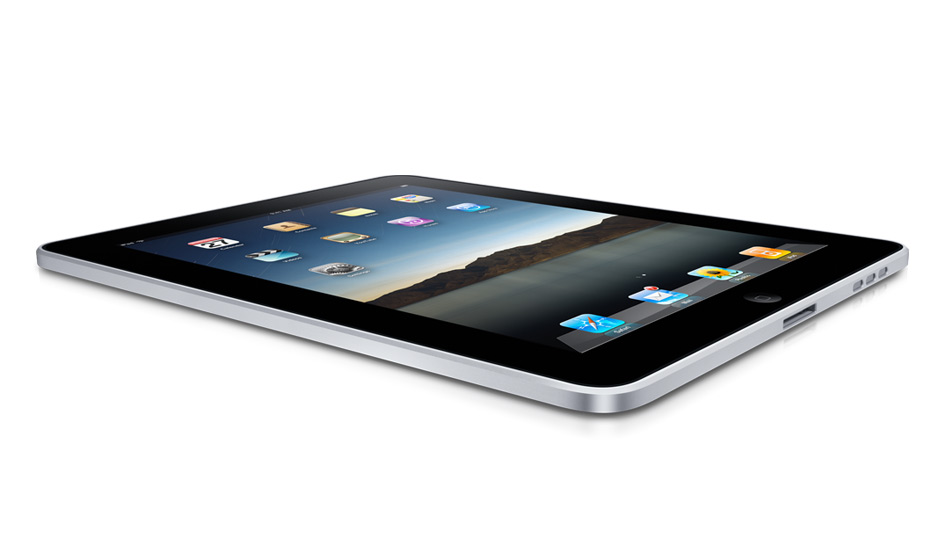
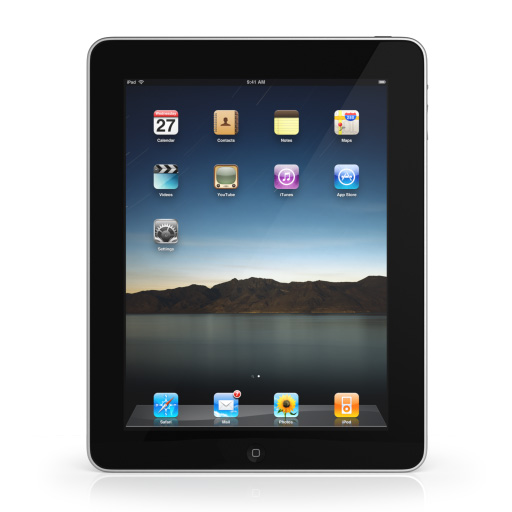
iPhone 4 my first iPhone and at the same time the most beautiful-timeless desing. I use iPad mainly for entertainment.